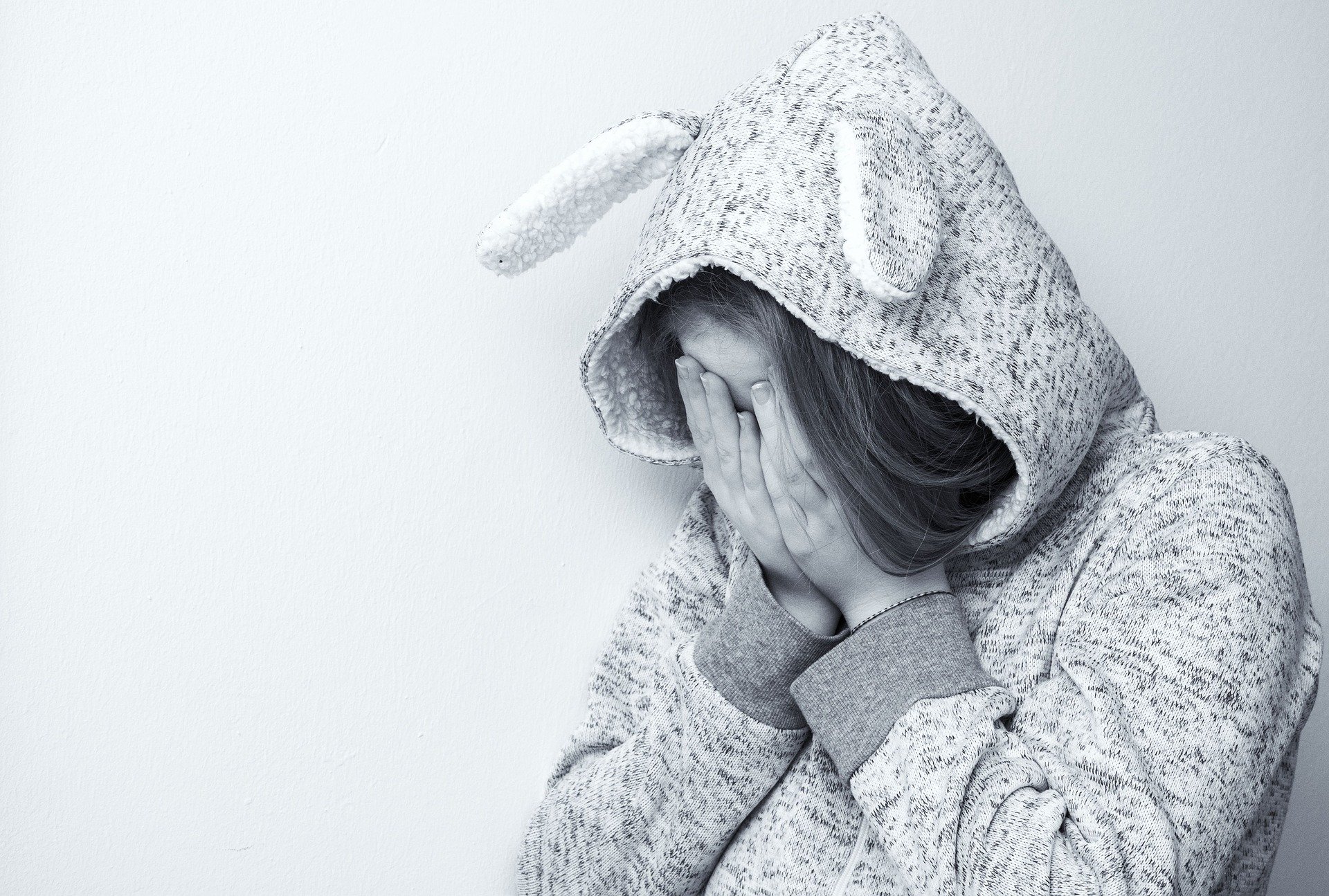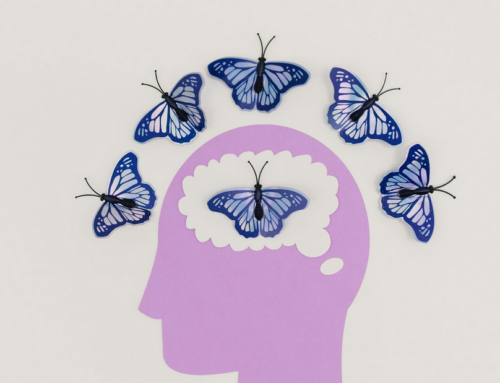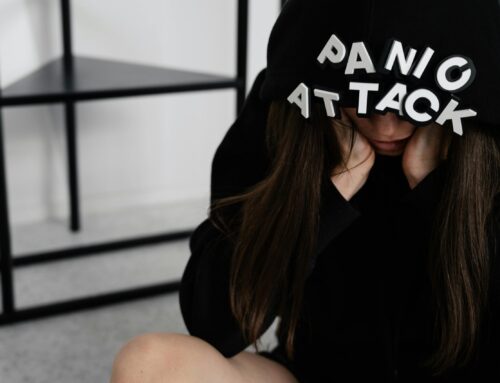We’ve all heard about childhood phases like “the terrible twos” or the rebellious teen years. Learning to manage emotions alongside increasing independence is a childhood rite of passage, but what happens when those typical stages of life suddenly seem much more extreme?
Tantrums, fears, and moments of sadness are all a part of growing up, but consistent feelings of sadness, anger, and hopelessness could be signs of a larger problem.(1) Depression and other mental health problems can appear at any stage of childhood. Such problems can, in turn, lead to serious self-destructive behaviors including self-injury, eating disorders, and substance abuse.
Understanding Childhood Depression
We often think of depression as an adult illness, but current research has shown that one in 11 children have experienced a depressive episode by age 14.(2) How does depression happen in someone so young? There isn’t an easy answer. Just like in adults, factors such as genetics, family history, and intense life events or trauma can all potentially contribute to the development of depression. Children who experience other mental health conditions, like anxiety or ADHD, are also more prone to depression.(2)
Signs of depression in children and teenagers may include: (3)
- Uncharacteristic anger or irritability
- Body aches and pains, like headaches or stomach aches
- Loss of interest in previously enjoyed activities
- Being socially withdrawn
- Sudden difficulties in school or with concentration
- Sleep or appetite changes
- Excessive tiredness
- Making statements about feeling hopeless or worthless
- Suicidal thoughts or concerning actions, like talking a lot about death, writing goodbye letters, or giving away belongings.
It’s important to quickly and effectively treat childhood depression. Untreated childhood depression can lead to depressive episodes that continue to worsen over time and persist into adulthood. As difficult as it is to think about, it’s also important to recognize that suicide is one of the leading causes of death in young people and is on the rise.(4) Uncontrolled depression increases the risk of suicide and self-injurious behaviors.
There are also various medical conditions that can mimic depression. Common problems with the thyroid or certain vitamin deficiencies can sometimes cause symptoms, like fatigue, that may seem like depression. This is another reason why quick evaluation from a medical provider is essential when your child is experiencing depression symptoms. If depression is caused by a medical condition, then treating the condition usually helps the depression symptoms.
From Depression to Self-Destructive Behavior
Just as depression can be caused by many complex factors, so, too, can self-destructive behavior. Overall, self-destructive behavior is a result of overwhelming emotions and unhealthy thought patterns.(5) Many people, children and adults alike, use self-destructive behavior to cope with these emotions. Self-destructive behavior can take many forms and isn’t always easy to notice. Teenagers who cut themselves, for instance, might hide the marks on their bodies with long sleeves and pants.(6)
While self-punishment or self-injury can be clearly identified as self-destructive, using substances, breaking the law, or taking dangerous risks without regard for one’s own safety are also self-destructive behaviors. Eating disorders, too, frequently occur in individuals who self-harm.(7)
Since these behaviors are usually just extreme ways of coping, many young people who self-harm argue that they should be allowed to continue. While it is true that most people who self-harm aren’t actually hurting themselves in response to suicidal thoughts, these self-destructive behaviors do increase the risk of eventual suicide. Actions like burning or biting the body can also lead to permanent scars or other damage. There is also the chance of self-harm tactics accidentally leading to death. (7) Most of all, these behaviors are considered self-destructive for a reason. In order to have a happier, healthier adulthood, it is important to learn safe and reasonable ways to cope.
Treating Depression in Children and Teenagers
Depression is a serious illness, but there are also many different forms of treatment. Young children might participate in play-based or behavior therapies, while older children and teenagers might try cognitive-behavioral therapy.(1, 7) Cognitive-behavioral therapy aims to correct and reframe unhealthy thought patterns. Therapy helps children learn new, healthy ways to cope. If needed, medication can also be considered to treat depression.
Staying healthy is another component of depression treatment. Eating healthy foods, getting enough sleep, exercising, and reducing stress are all important steps for overall health.(1)
Assessment and Treatment Services at NeuroBehavioral Associates
In School Success for Kids with Emotional and Behavioral Disorders, Dr. Vincent P. Culotta and colleagues write, “Facilitating behavioral change can be accomplished when the attitude of adults centers on the needs of the student and how the student interacts with her family and community systems, rather than ‘how we were raised’ or our own personal needs.” (8)
NeuroBehavioral Associates provides services and facilitates interventions to guide parents and lead all children to success. We offer a neuropsychological assessment to diagnose problems and guide an intervention plan. We also administer therapeutic services to children and families struggling with ADHD, autism spectrum disorder, executive function challenges, and related conditions.
Contact us today for more information on how we can serve your family.
References:
- Anxiety and Depression in Children. (2020, March 30). Retrieved April 15, 2020, from https://www.cdc.gov/childrensmentalhealth/depression.html
- Depression Often Starts in Childhood. (n.d.). Retrieved April 15, 2020, from https://www.webmd.com/depression/features/depression-often-starts-in-childhood#1
- Bhatia, R., Hannah, & Jaime. (n.d.). Childhood Depression. Retrieved April 15, 2020, from https://adaa.org/learn-from-us/from-the-experts/blog-posts/consumer/childhood-depression
- Abbott, B. (2019, October 17). Youth Suicide Rate Increased 56% in Decade, CDC Says. Retrieved April 15, 2020, from https://www.wsj.com/articles/youth-suicide-rate-rises-56-in-decade-cdc-says-11571284861
- Wedge, M. (2013, August 1). The Self-Destructive Teenager. Retrieved April 15, 2020, from https://www.psychologytoday.com/us/blog/suffer-the-children/201308/the-self-destructive-teenager
- Self-Harm. (n.d.). Retrieved April 15, 2020, from https://www.psychologytoday.com/us/basics/self-harm
- Self-Harm, Eating Disorders and Emotion Dysregulation. (2015, November 2). Retrieved April 15, 2020, from https://www.edcatalogue.com/self-harm-eating-disorders-and-emotion-dysregulation/
Davis, M. R., Culotta, V. P., Levine, E., & Rice, E. H. (2011). School Success for Kids with Emotional and Behavioral Disorders. Waco, TX: Prufrock Press.






